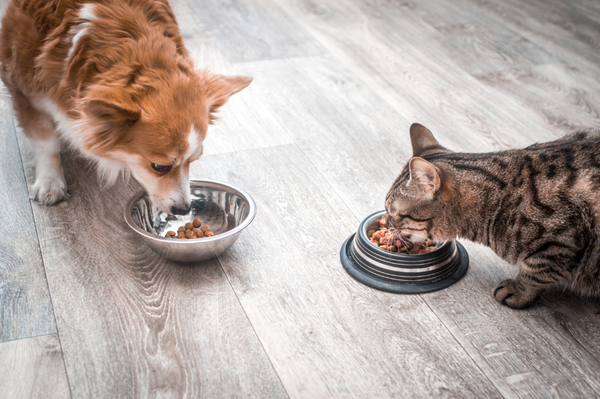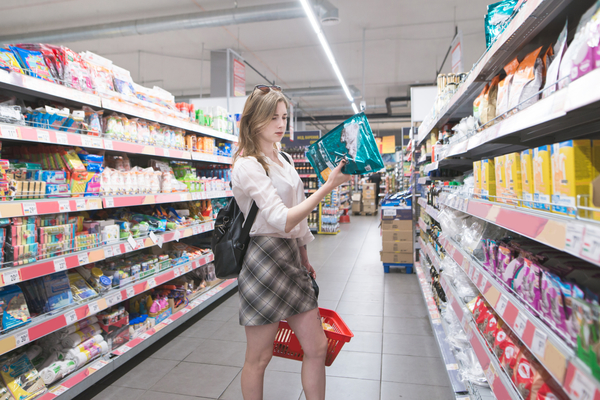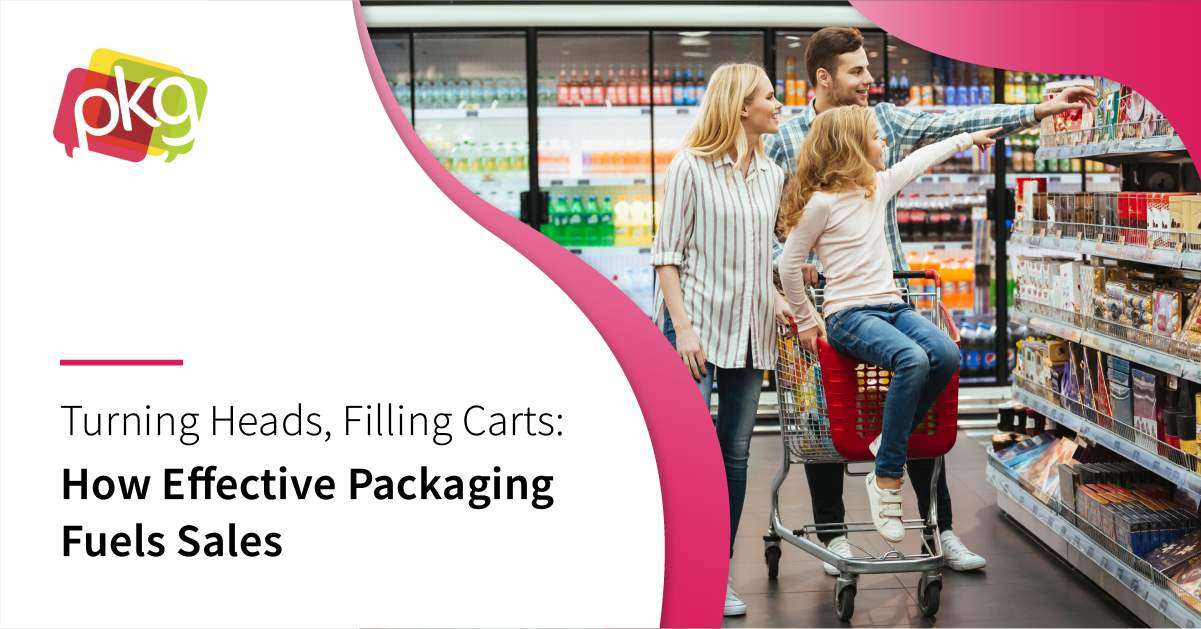
Consumers spend millions each year on pet food. Packaging can determine which products sell better than others.
A 2019 pet food packaging report estimates the global market size at $11.41 billion and predicts a compound annual growth rate (CAGR) of 5.4% by 2025. Consumers have come to rely on convenience, placing it above cost.
Companies recognize the need for variety in terms of size and materials used with respect to these products and their packaging. The increasing demand for premium products calls for packaging that is convenient and matches busy lifestyles. Here are five of the latest pet food packaging trends.
Visual Appeal
Pet food packaging should be visually appealing. This makes it easy to find in the store. It stands out from other similar products, so is easy to notice.
As new brands are added to store shelves, consumers need a way to differentiate what’s available. Unique colors, eye-catching graphics, and product imaging are a great way to capture their attention.
Visual pet food packaging features include:
- Realistic images of pets rather than artwork
- The color black that convey the product is premium
- The use of engaging fonts
- Certifications that garner attention, such as all-natural and gluten-free
- Nutritional information
- Clear windows on packaging to see what’s inside
Tactile Contrast
Pet food packaging traditionally consisted of bulk bags made of multi-walled paper. While they served their purpose, they were noisy and a bit rough to the touch.
Pet food packaging is now more tactilely pleasing. Satin soft exteriors and matte finishes draw attention to products by creating contrast and making them easier to handle.
Products are also available in smaller packages so consumers can try a product before committing to a larger size. These products are often sleeker in both appearance and touch, plus store easily in small spaces.

Softer Sound
The sound of traditional large bags of dry pet food was a distinctive one. When lifted or dispensed, the crinkly paper and product inside indicated bulk and budget. The premium product developers of today strive to convey freshness and nutrition.
That’s why pet food packaging now makes softer sounds more pleasing to the ear. Rustle-free and anti-crinkle materials are more enticing than the harsher sounds of before. This also places a higher emphasis on quality rather than quantity.
The Use of Plastic
Though paper was historically the main material used for pet food packaging, Many brands are now choosing plastic. It’s a contemporary choice due to its look and functionality.
Plastic is also more practical in certain situations. For example, a resealable plastic bag helps keep the pet food fresher than paperboard. But it might have drawbacks from a recycling perspective.
Sustainability
Sustainability is an important value for manufacturers. Brands choose solutions that meet the needs of their customers while protecting the planet.
Research shows 75% of pet owners prefer brands with sustainable pet food packaging over other types. It’s important to use recyclable materials without compromising functionality.
Sustainable pet food packaging reduces waste. Consumers want materials similar to those used for human food that matches their sustainability values.
PKG Brand Design is always on the forefront of new CPG branding and packaging initiatives; please subscribe to our blog for the latest package design industry news!







